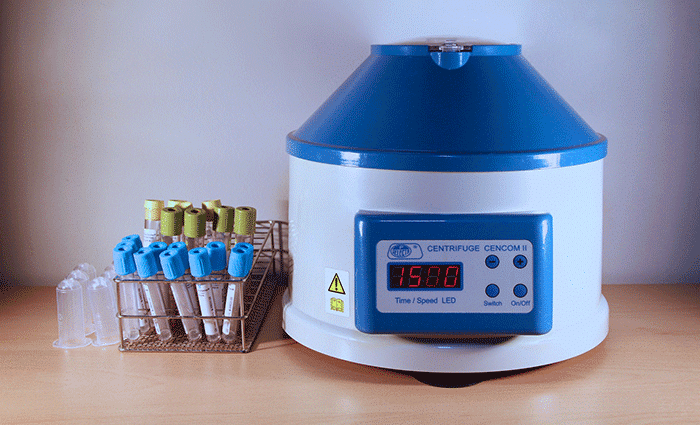Orthopaedic specialists use platelet-rich plasma (PRP) to help patients recover from injury. While PRP therapy may not work for all conditions, studies have shown that it can help treat soft-tissue healing. PRP treatments allow the body to heal itself by amplifying the natural growth factors it uses to repair tissue.
But what exactly is PRP therapy, and how can it work for you? Below we answer some of the most common questions about regenerative PRP therapy.
What is platelet-rich plasma?
Platelet-rich plasma therapy utilizes the blood’s natural healing properties to repair damaged cartilage, tendons, ligaments, muscles and even bone. PRP is considered a regenerative medicine technique that works through injections of the patient’s own plasma.
Plasma is the liquid portion of the blood. Our blood also contains small solids such as red cells, white cells and platelets. Platelets are known for their role in clotting blood. They also hold proteins, or growth factors, that help heal injuries.
Platelet-rich plasma has a higher concentration of platelets (and therefore growth factors) than typically found in blood. Platelet levels in PRP can be 4 to 10 times greater.
How does PRP therapy work?
PRP therapy involves injecting the patient’s own plasma into the injured area.
First, one to two tubes of blood are drawn from the patient through simple venipuncture. The plasma is separated through the in-office centrifuge system. It is then injected directly into the tissue of the injured area. The entire process, from drawing blood to the injection, is done in a single visit.
PRP releases growth factors and cytocines that increase the body’s natural ability to heal.
What orthopaedic conditions can be treated with PRP?
PRP injections are used to treat a multitude of areas and conditions. They help speed up the healing process of injured ligaments, tendons, muscles and degenerative joints. Conditions that can be treated with PRP include:
- Tendonitis/chronic tendon injuries
- Ligament and muscle injuries
- Osteoarthritis
- Nerve damage and injury
- Back and spine conditions
- Non-healing wounds
Ligaments, in particular, can take a long time to heal, making PRP an attractive option for those who have experienced ligamentous injuries and want to shorten the recovery process.
What are the side effects of PRP injections?
PRP for joints uses a patient’s own platelets and, therefore, does not usually cause any adverse reactions. Patients may experience temporary pain, irritation or bleeding near the injection site.
Most patients resume normal daily activities immediately after having PRP injections. Avoid strenuous activity as directed by your provider.
What are the precautions for PRP?
Patients should avoid NSAIDs (Ibuprofen, Aleve, Naproxen, Meloxicam, etc.) for one week prior to a PRP injection. Furthermore, patients will need clearance if taking blood thinners, including Coumadin, Xarelto, Eliquis, Lovenox, Plavix or any other thinner.
Following a platelet-rich plasma injection, we recommend that our patients avoid NSAIDs for up to six weeks to allow the healing process to activate fully. Aspirin and blood thinners can be resumed 24 hours after the injection.
Vitamins and all forms holistic medicine should be avoided for a week prior to and six weeks following the injection, or discuss with your provider.
Orthopedic PRP treatment in the Triangle
At Cary Orthopaedics, our doctors seek to treat patients conservatively, without surgery, whenever possible. Platelet rich plasma injections serve as a regenerative treatment option for many patients to aid in eliminating or reducing pain. PRP therapy is just one of the options we offer to effectively treat orthopaedic injuries.
Contact us today to learn more about PRP and the types of conditions it may effectively treat.






